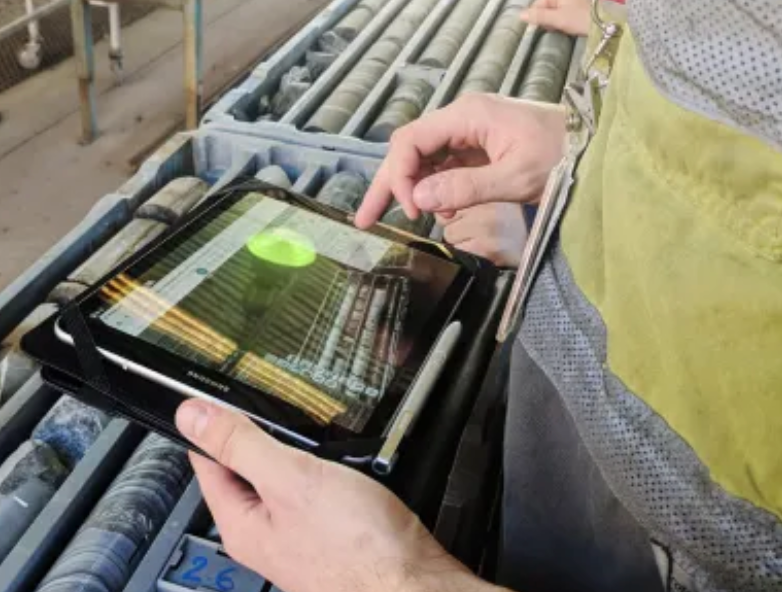Boart Longyear spins out geological data services division, Veracio


When Veracio, a newly formed mining technology company and wholly-owned subsidiary of Boart Longyear, struck a partnership to provide its driller-operated tooling to Granite-owned International Directional Services’ (NYSE:GVA) last week, it was a step toward transforming drill hole data analytics technologies in North America, the company said.
Boart Longyear Group (ASX: BLY) announced in October its geological data services division would begin to operate as a separate entity, Veracio, which introduced to the market an integrated platform to help mining companies get more value from their orebody data while mitigating the environmental impact of their decisions.
Veracio is headquartered in Salt Lake City, Utah, and headed by chief executive officer J.T. Clark, who spearheaded the development of Phosa, an AI solution for mineral processing.
Veracio becoming a separate entity from Boart Longyear is, Clark said, a graduation of AI sensor technology the company had been developing for almost a decade and which has now reached commercial viability.
“When we think about mining, when we think about critical mineral demand, the global need for critical minerals to support electrification and we think about where mining is – we have a few challenges in front of us,” Clark told MINING.com.
“One of those challenges is that orebodies are increasingly smaller, deeper and in more challenging jurisdictions,” Clark said. To meet that supply [demand], we have to find and develop a resource that has previously been uneconomic – and if all we do is we wait for prices to escalate, we’re actually not solving the underlying problem.”

“We can’t wait for commodity prices to increase until we can afford to develop those,” he noted. “We need to be able to develop them more economically, to be able to bring them to market today to supply the critical minerals we need.”
“Historically you develop massive orebodies and if you made a mistake in how you understood the orebody, you would solve for that over the next 100 years,” Clark said. “Now we’re looking at ore bodies that we have to be able to be a little bit more surgical – we have to be able to get in and out in 10 to 20 years.
“You can’t afford the type of error that we were able to embrace historically, so we need to be much more accurate so that we can be more targeted and efficient.”
And in doing that, the more we limit our environmental disturbance, whether that’s a reduced carbon footprint because we have less overburden, we’re more effective, more targeted or just simply less environmental disruption because we have these smaller footprints, the more accurate we are in defining and understanding these orebodies, the better we can mine them.”
Clarke said another other challenge is how exploration has been done in the past.
“The error is we we find an orebody and then we explore it and we gather information that it is literally built for human consumption and we’ll take small sets of data points and then humans engage with those and extrapolate – then you know what’s happened in the last 10 years,” he said.
“Now we can add AI on top of human centric data sets and this is a challenge. There’s still data I can still do something with, but we actually haven’t yet built data sets that are fit for AI to really get the full benefit of AI capabilities in exploration and carrying that all the way through to production.
When we think about solving this, we’re saying we need to help the industry be more targeted, more accurate, [with] better information, and we need to produce that.”
Clarke emphasized the need to produce AI-ready datasets that are fit for the future of technology enabled mining and move beyond a human-centric approach, “so we produce data and AI enablement that works with humans today but is prepared for the technology and solutions of the future.”
“You’re moving earth very simply in regions where it’s not actually valuable – you’re just sending massive equipment into the dirt, hoping you hit,” he said.
“It’s like they’re dealing with a fuzzy picture – what we do is we sharpen that picture. It’s really about the ESG component here – correctly identifying the activities we need so we don’t do the activities we don’t need.”
THIS ARTICLE WAS FIRST POSTED ON MINING.COM
Comments